Are Taxes Going Up in the Future?
No one has a crystal ball that provides a definitive answer to future tax liability. But if you look at the situation as a whole, now might be an excellent time to look at your options.
The following article is for informational purposes only and is not intended to provide any specific tax or legal advice. We encourage you to consult a qualified tax advisor regarding your needs. Compliance P1509-2027

There are two halves of retirement finances. The first half is when you have a paycheck and you're accumulating savings. The second half is when you don't have a paycheck and you're living off of your savings. In our working years, the focus is typically on making the most gains. As we begin to use these funds to replace income, taxation starts to be more of a focus. So as you enter retirement, it's an excellent time to anticipate the future landscape of tax liability, and determine a course of action that meets your needs and goals. After all, you can be certain that you'll pay taxes; but determining whether you should pay them now or later is a major decision that could affect how much you'll ultimately pay. How much taxes might increase in the future remains to be seen and will depend on public sentiment, national debt and, of course, the controlling political party. But you can look at a few places to help guide your decision.
The Current Tax Landscape
Determining an advantageous tax strategy involves an analysis of the options you have now, as well as what may be available in the future. Timing of taxes is a crucial element of a tax strategy. Tax rates in the United States are at an all-time low, in comparison with the last 100 years. For example, in 1944, individual income was taxed at a rate of 94 percent; in 1984, it was 50 percent. Add to this the fact that our national debt is at an all-time high, and you have a potentially explosive situation for tax rates.
Your Individual Tax Landscape
Typically, as you retire you experience a drop in income. Maybe you have reached retirement age and would like to continue to work part-time, or perhaps you've chosen to give up punching the clock altogether. It is entirely possible you might just be at your lowest tax liability level now based solely on a reduction in current income. If so, it might be time to examine your Traditional IRA or 401(k), pay the tax, and roll-over or convert some or all of your savings to a Roth IRA.
Future Tax Landscape
Of course, no one has a crystal ball that provides a definitive answer to future tax liability. But if you look at the situation as a whole, you may believe that a tax increase is a possible outcome in the future. And, if you're attempting to maximize savings while minimizing tax liability, now might be an excellent time to look at your options and review your individual situation with a tax professional. Some options worth mentioning are discussed below.
Tax Liability Options on Savings: Traditional IRA, Roth IRA or Roth 401(k)
You can convert your Traditional IRA, or old 401(k) from a previous job, into a Roth IRA, paying taxes now, rather than deferring later in your retirement. As we mentioned above, this might be enticing if you've experienced a major change in your income tax bracket. This might include not only a drop in income but also large deductions such as medical expenses will dramatically decrease your adjusted gross income in a given year. However, a conversion may not be appropriate for everyone. For example, if you are planning on using your IRA funds soon, then a Roth conversion may not make sense.
Or, you could choose to leave your current savings as they are and open a Roth IRA for any future individual contributions. This creates a combined retirement income plan: pay some taxes now, and defer others into your future retirement withdrawals. If you have chosen to remain actively working in your retirement and you have an employer that offers a Roth 401(k), this would be an excellent way to accommodate the objective of diversifying your tax liability. This option provides the benefits of employer matching (the employer match remains a pre-tax investment, so you will owe future tax on that part of the savings) with after-tax contributions from you allowing you to pay your portion of the tax now.
All in all, several factors may contribute to an increase in tax liability for your IRA or 401(k) retirement savings: public policy changes (legislated tax increases for all brackets), a lack of planning for exit strategies (mandated withdrawal rates that exceed social security income limitations) or you're just wealthy in retirement (higher tax bracket). As stated earlier, no one can tell the future; however, an informed analysis of your individual situation can often provide crystal clear answers about your future tax liability.

